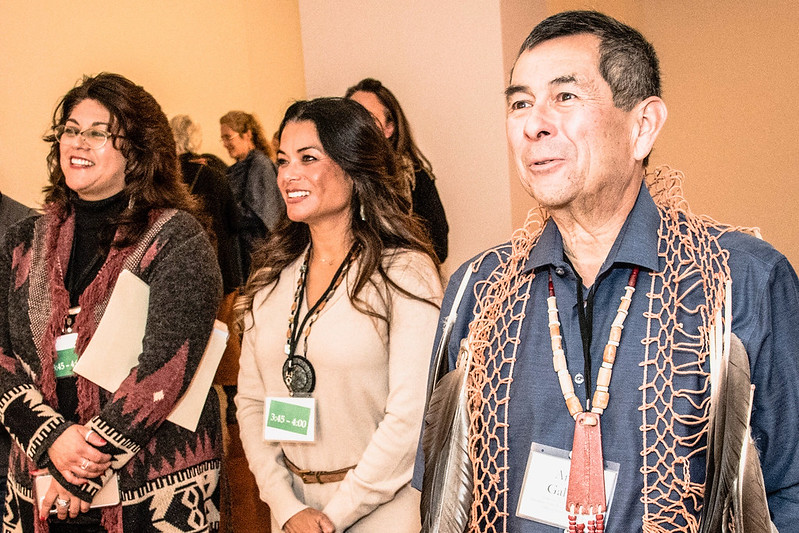
Learning about Native heritage also means learning about the histories of language use and its evolution over time, including communities’ preferred terms in the present. The Native people in the area that Santa Clara University now occupies were primarily Thámien speakers, but the region boasts tremendous linguistic variety, including the neighboring Chochenyo (also Chocheño or Čočenyo) from the East Bay, and speakers of other dialects and languages in the area would have understood one another. The missions brought speakers of several languages and dialects together, and also introduced the Spanish language, which is apparent in historic California Indian names and remains a part of many Native families’ heritage today.
Language is always evolving. Every individual and community has ways they self-identify, and those identities can change over time and may vary by individual. The Ohlone individuals from Muwekma Ohlone Tribe and the Ohlone Indian Tribe with whom we consulted provided us with these perspectives to guide your thoughtful and reflective language use in the classroom and community. Continue to ask individuals and communities with whom you work how they identify. Because of the complicated and disruptive impact of colonialism in this region, it is important to understand that there will not be any easy answers to these questions of identity.
Preferred terms:
This term is often used to refer to Native groups speaking similar languages and whose ancestral territories stretch between San Francisco and the Carquinez Straits in the north to the Salinas Valley and Monterey Bay in the south. However, it is often helpful to specify that only the San Francisco Bay Ohlone have genealogical ties to Mission Santa Clara and the lands of the SCU campus.
A preferred identifier for many Native individuals in California, reflecting the specificity of California Native culture and colonial experiences.
Terms to avoid, with descriptions of why:
This term is derived from the Spanish Costaños, or coastal people, and was applied to the Native inhabitants of the greater San Francisco Bay region by anthropologists and other outside observers. Many Ohlone people today find it offensive.
This term refers to Native people who had received the rite of baptism, originating in the Spanish terms neófita and neófito. It also represented the condition of neófia, which has been described as a condition of unfreedom given that Native neophytes were subject to mission labor demands, punishments, and restrictions on movement.
Digger is a pejorative word comparable to the n-word (Medina 2014).
“If you refer to the creation and morality stories of your own religion as myths and legends, then go ahead and use them when referring to Native religions as well! It’s not appropriate to have children make up their own Indian myths and legends, unless you have them making up Bible stories as well” (Medina 2014)
“These terms suggest animal behaviors. Human beings travel to see relatives, hunt, get food (as at the grocery store), or admire the scenery, Indian peoples in California lived, and continue to live, settled lives” (Medina 2014)
See a full list of relevant terms and definitions in the glossary.
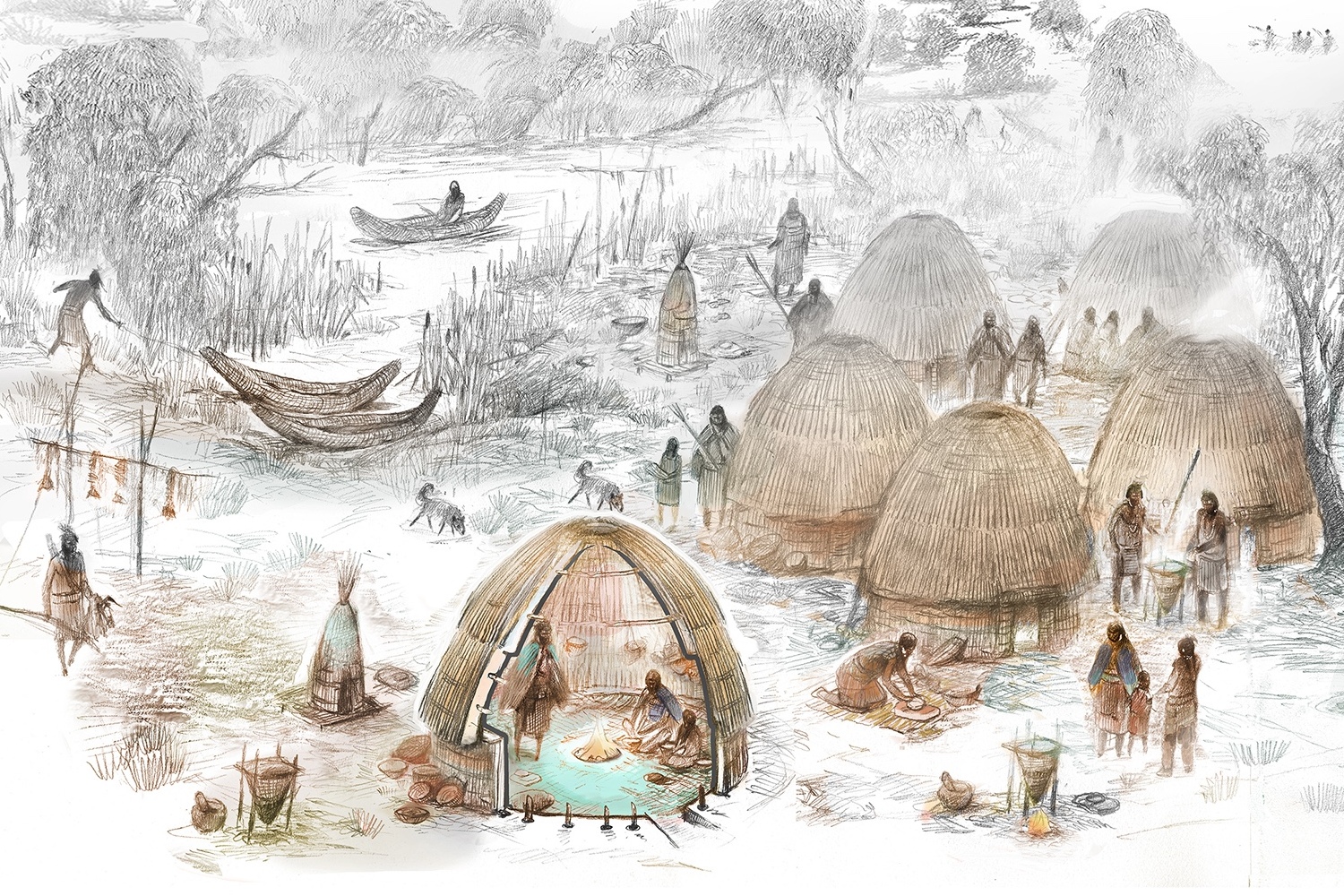
Whose land is this anyway?
Which California tribes trace their history and ancestry to this land?
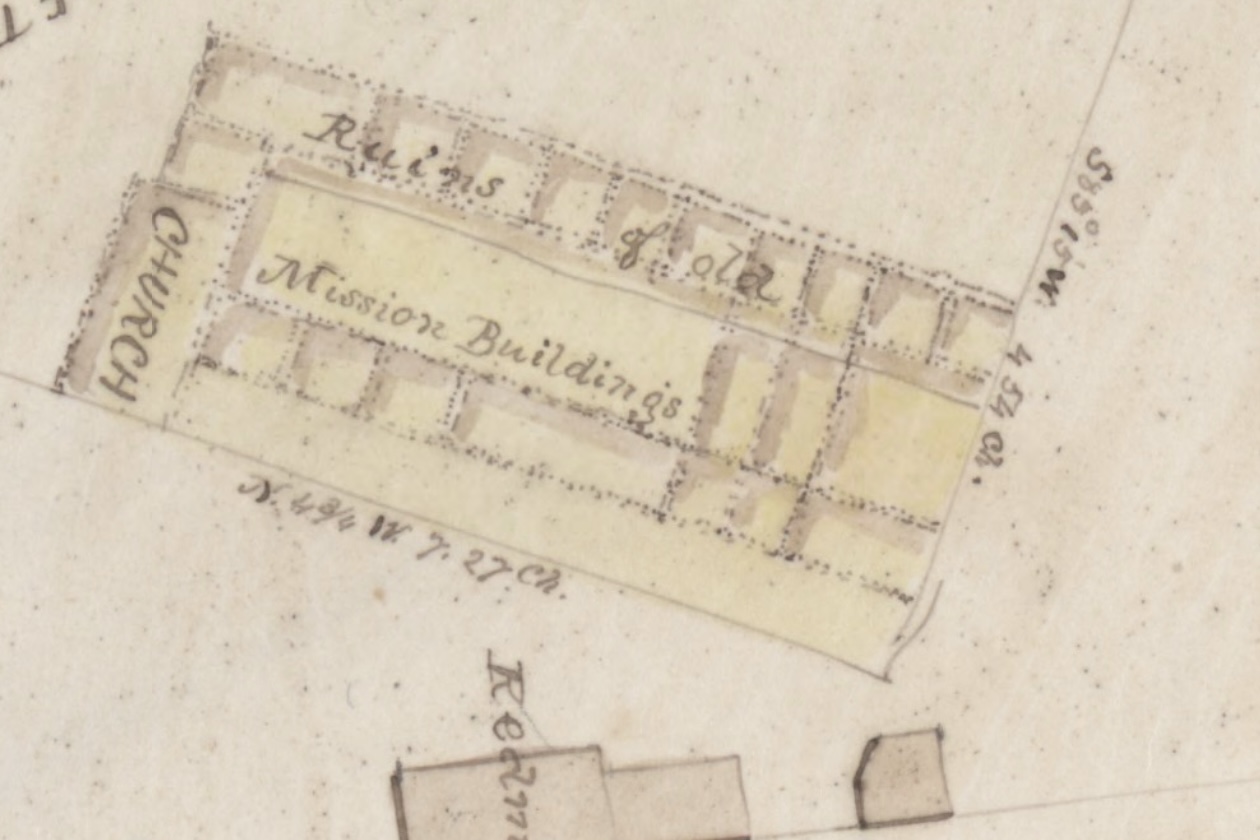
What is the role of Mission Santa Clara in Ohlone history?
What is Santa Clara University’s particular responsibility to this history?
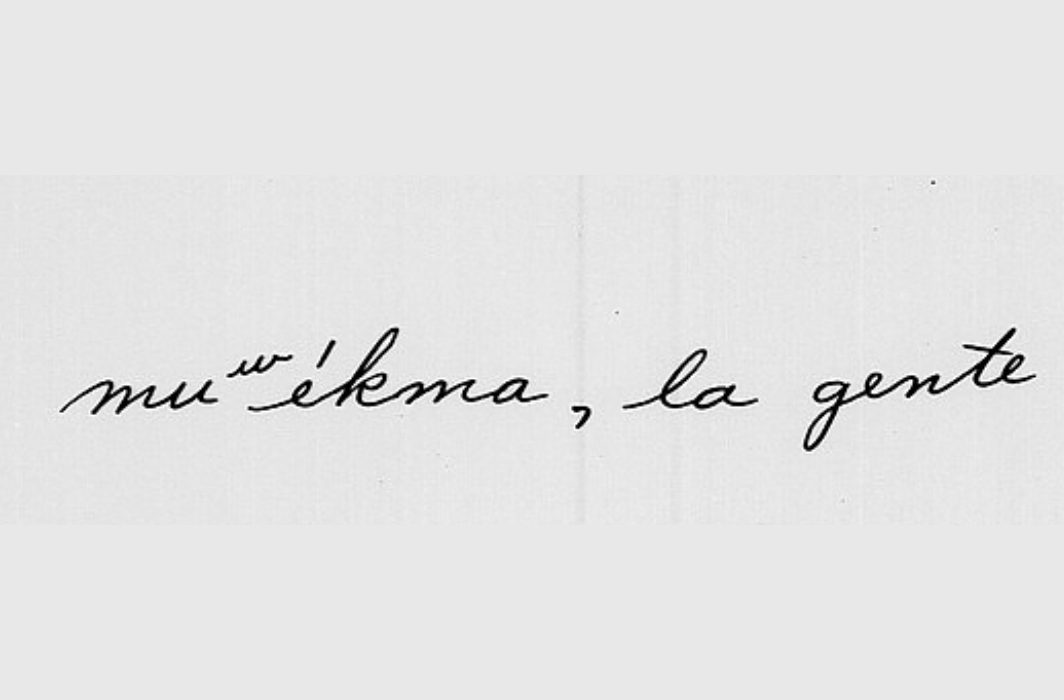
How should I talk about Native heritage and culture?
What are the preferred terms I should use, and what are the linguistic and cultural histories of these terms?
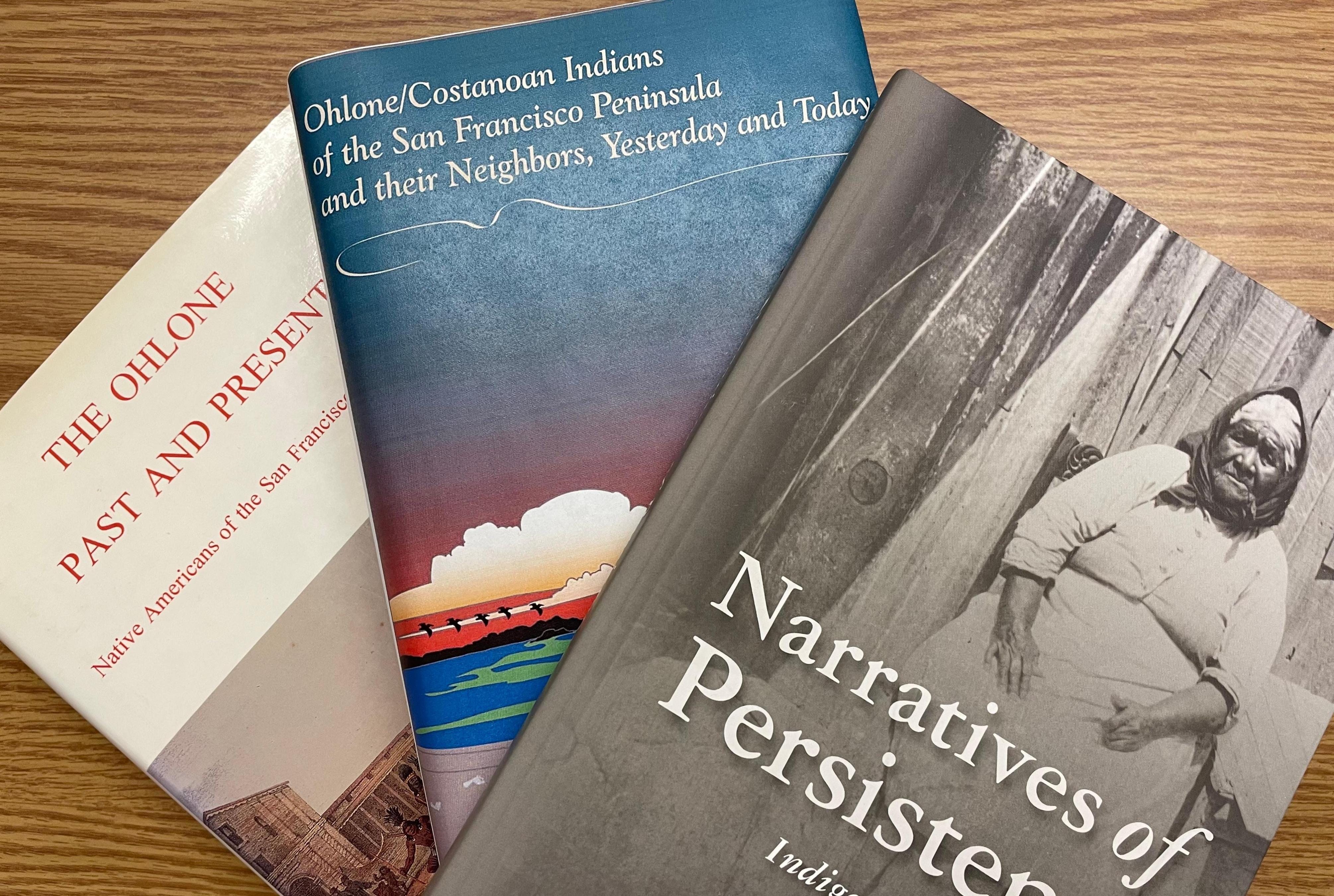
Learning More
What are the most trusted sources of information for my field or area of interest?
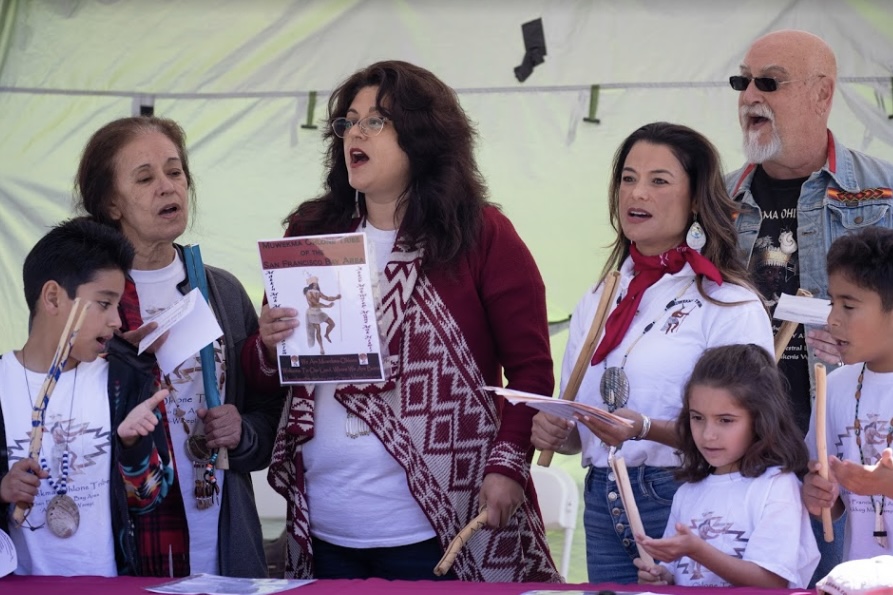
What are Ohlone people currently working on, and how can I get involved?
The Ohlone are here, still. You can learn about them and some of their work here.
